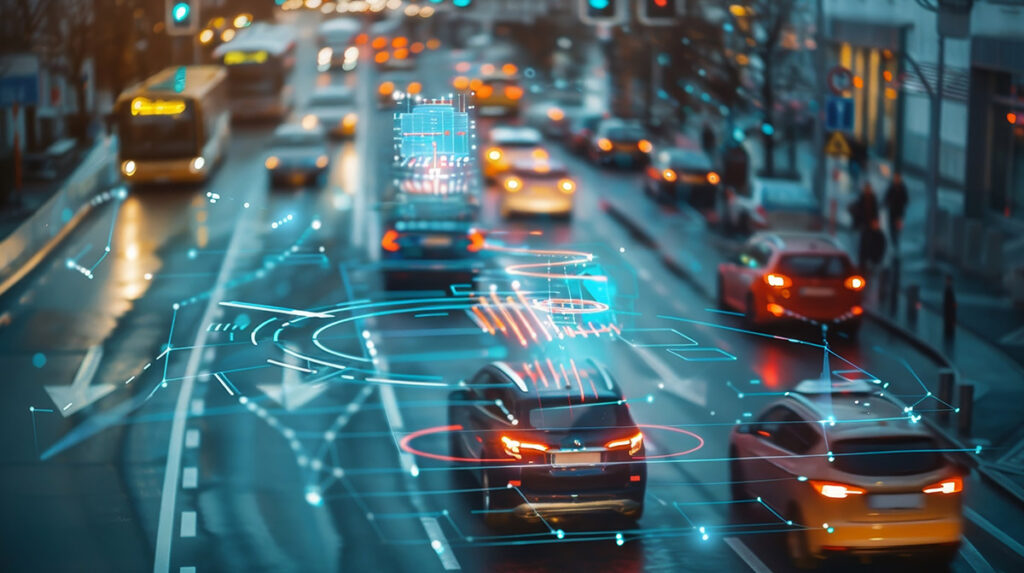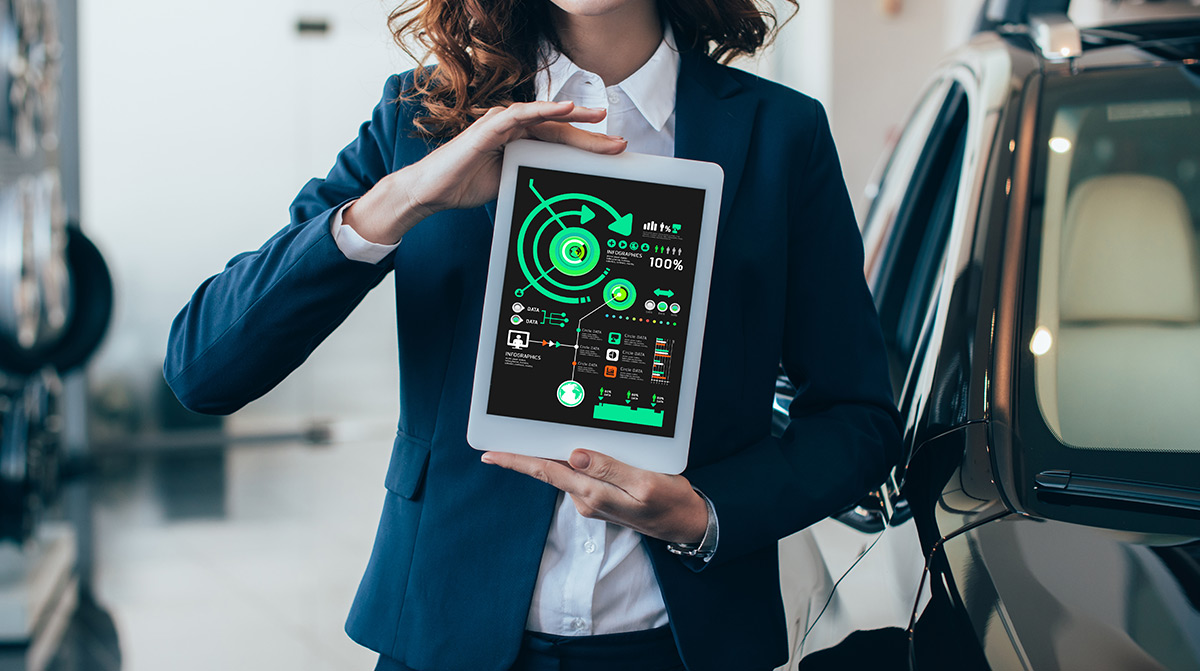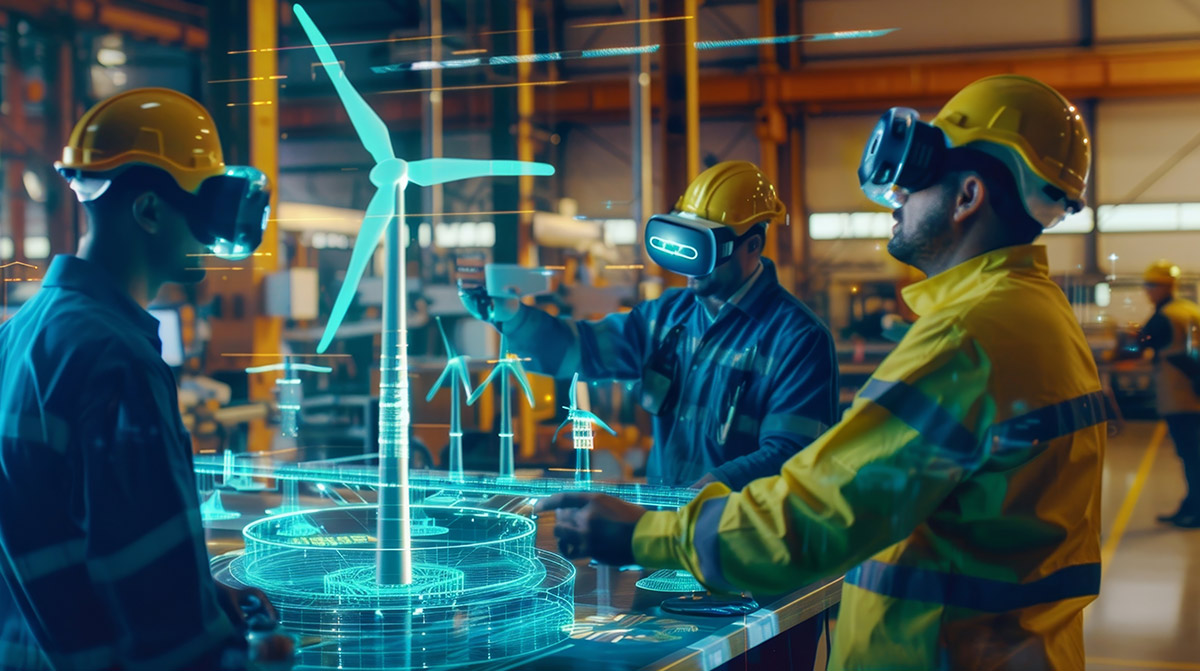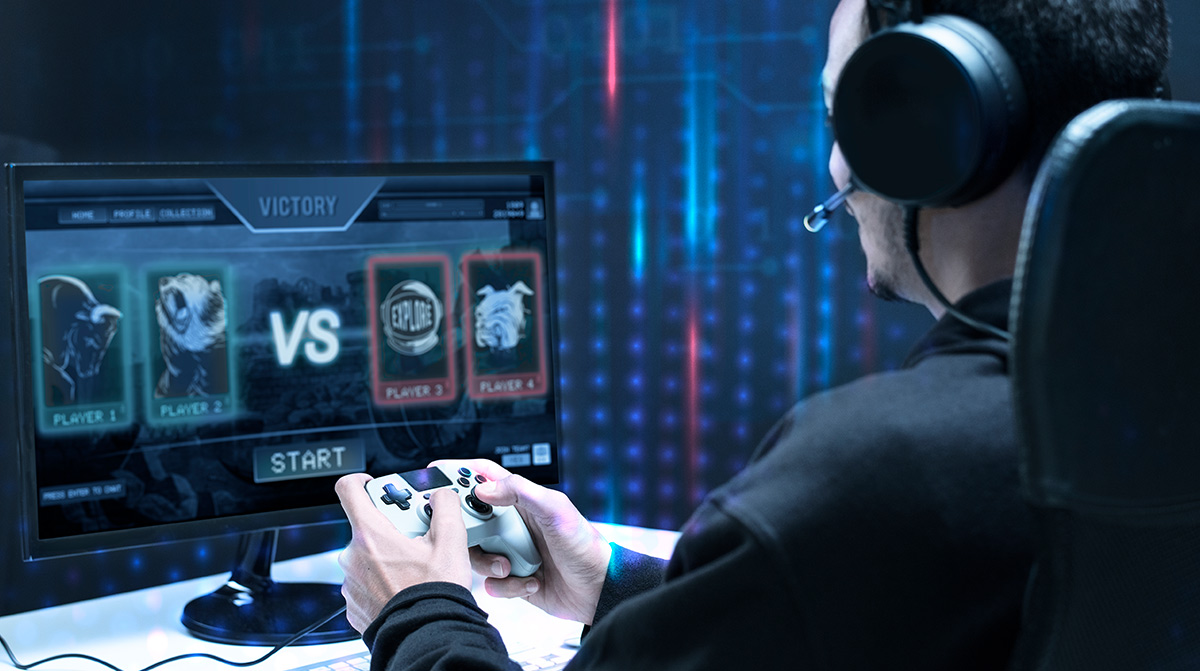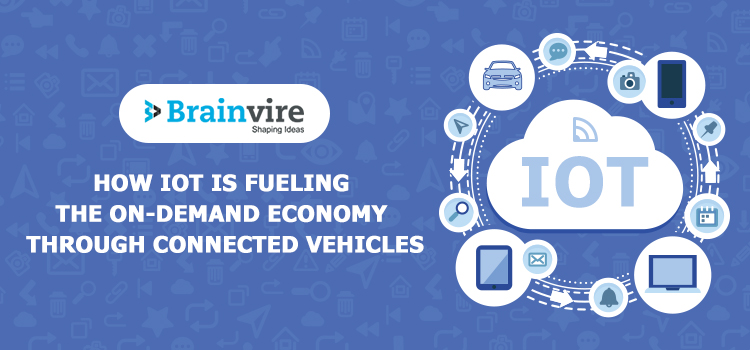
IoT (Internet of Things) has created waves in every industry vertical that it has set its foot in. These industries are healthcare, logistics, real estate, etc. One thing that is common to all of these industries is the increasing need for mobility which is mostly indicative of the on-demand economy.
From a layman’s perspective, the on-demand economy encompasses a digital marketplace that offers immediate access to goods and services delivered on a contractual basis. Some of the examples include ride-sharing platforms like Uber, and grocery delivery apps like InstaCart.
Driverless cars and dockless bikes are the recent players that are playing quite well in this arena. Luxury car brands like Mercedes have already created prototypes for these self-operating machines.
The statistics given below testify to the true potential of the on-demand transportation market in the U.S. and also predict its growth by 2025.
Disruptive technologies like Big Data and AI play a pivotal role in making such innovations a grand success. Cloud servers handle the massive volumes of user data that are being fed into them every single nanosecond.
How Does IoT Work?
Any technology powered by IoT is interconnected by a series of sophisticated sensors and complex algorithms and controlled by centralized user interfaces. These user interfaces are automated to a certain extent.
As this article is about connected vehicles, I will acquaint you with the working principles of dockless scooters and self-driving cars.
Dockless Scooters
These self-starting scooters are better known as electric scooters in the tech community. RideDrift is one such app that has become a sensation overnight as it is inclined towards providing a sustainable means of electric transportation.
RideDrift
RideDrift is a dockless bike app that was conceptualized by Brainvire InfoTech Inc. for one of its clients. Armed with IoT and Bluetooth Low Energy (BLE) integration, this app lets users unlock electric scooters in a keyless manner.
WORKING PRINCIPLE:
1. The user requests a vehicle on his mobile app, and the app connects the user with nearby scooters using Bluetooth technology.
2. A QR code is assigned automatically to unlock the vehicle.
3. The app and the vehicle communicate the ride’s progress with the server through the internet. The ride is tracked using GPS technology.
4. At the end of the ride, the user can pay for it using convenient options.
The app is entirely automated.
The icing on the cake is the ‘charger’ functionality. It lets users ride bikes to their home and charge its battery. The user can then earn money for this deed.
Self-driving Cars
Business giants like General Motors and Uber have already adopted this autonomous approach for enhancing the safety and comfort of humans.
According to Car and Driver, the automation aspect of driverless cars has multiple levels. They are as follows:
|
Level of Automation |
Description |
Example |
|
0 |
Complete human control |
N/A |
|
1 |
Driver assistance |
Cruise control |
|
2 |
Partial automation |
Mercedes-Benz Driver Assistance Systems |
|
3 |
Conditional automation |
Audi’s Traffic Jam Pilot |
|
4 |
High automation |
Data not available |
|
5 |
Complete automation |
Data not available |
There have been past incidents where technology has failed to keep up the promises and safety has been compromised. In May 2016, a crash killed a person operating a Tesla Model S while driving it in Autopilot mode. But after the incident, the National Highway Traffic Safety Administration (NHTSA) report declared that autonomous cars are safer than human-driven ones.
Self-driving cars can revolutionize the way we commute around the city. But they have a long way to go before taking over the driving controls from our hands.
Amazing Benefits of Connected Vehicles
Apart from the benefits highlighted in the above paragraphs, connected vehicles also offer other conveniences to the end users. I am listing down some of them –
Identify risky behaviors amongst drivers
The sensors installed in automated vehicles collect the driver-related data and relay it to a distant server in real-time. The data feed can be analyzed for the occurrence of faulty driving patterns and the technology can then be modified accordingly.
Real-time traffic insights
Navigational aids like GPS can guide the driver to the destination through the shortest possible route. If there is a roadblock on the predetermined route, an alternative can be suggested by tracking real-time traffic data. With the help of IoT and enterprise mobility, you can get real-time data on your smartphone.
Cut down on maintenance costs
Vehicles can be connected to the nearest service station and the owner can be notified about the servicing schedules. Data pertaining to any existing defects can also be taken into consideration while undertaking maintenance activities.
The eco-friendly advantage
Electric cars aid in significant fuel savings and reduce the burden on our ecosystem. With their help, hazardous carbon emissions can also be reduced to a greater extent.
Anti-theft tracking
Vehicle security frameworks have undergone a radical change, thanks to the advances in IoT. Authorities and car owners can be alerted through mobile notifications instantly. Some of the systems that are currently in place are GPS-enabled tracking, GPS tracking along with central locking and immobilizer, GPS+GSM module, etc.
On-demand Economy Will Ride on the Success of Dockless Vehicles
Dockless mobility programs, like the one in Austin, have taken an upper seat in recent times. Flexibility in government regulations is adding up to the profits of popular aggregators like Mobike.
Related Articles
-
Automobile IoT: The Transforming Journey of Vehicles
The 21st century is the birthplace of smart technology. Not only humans but also technologies have turned intelligent in this century. IoT is one such technology that has revamped the
-
Loss of Productivity Production Line Challenges: IoT to The Rescue!
Introduction Today Internet of Things or IoT has reached to the very core of majority of the businesses. Industries like manufacturing, oil & gas, mining,finance, healthcare, and logistics are adopting
-
Why is eSports Evolving as a Business Model with a 40 Percent Year-on-Year Growth?
eSports (electronic sports) has attracted the attention of gaming franchises and the younger audience in the past few years and continues to do so. If industry reports are to be
